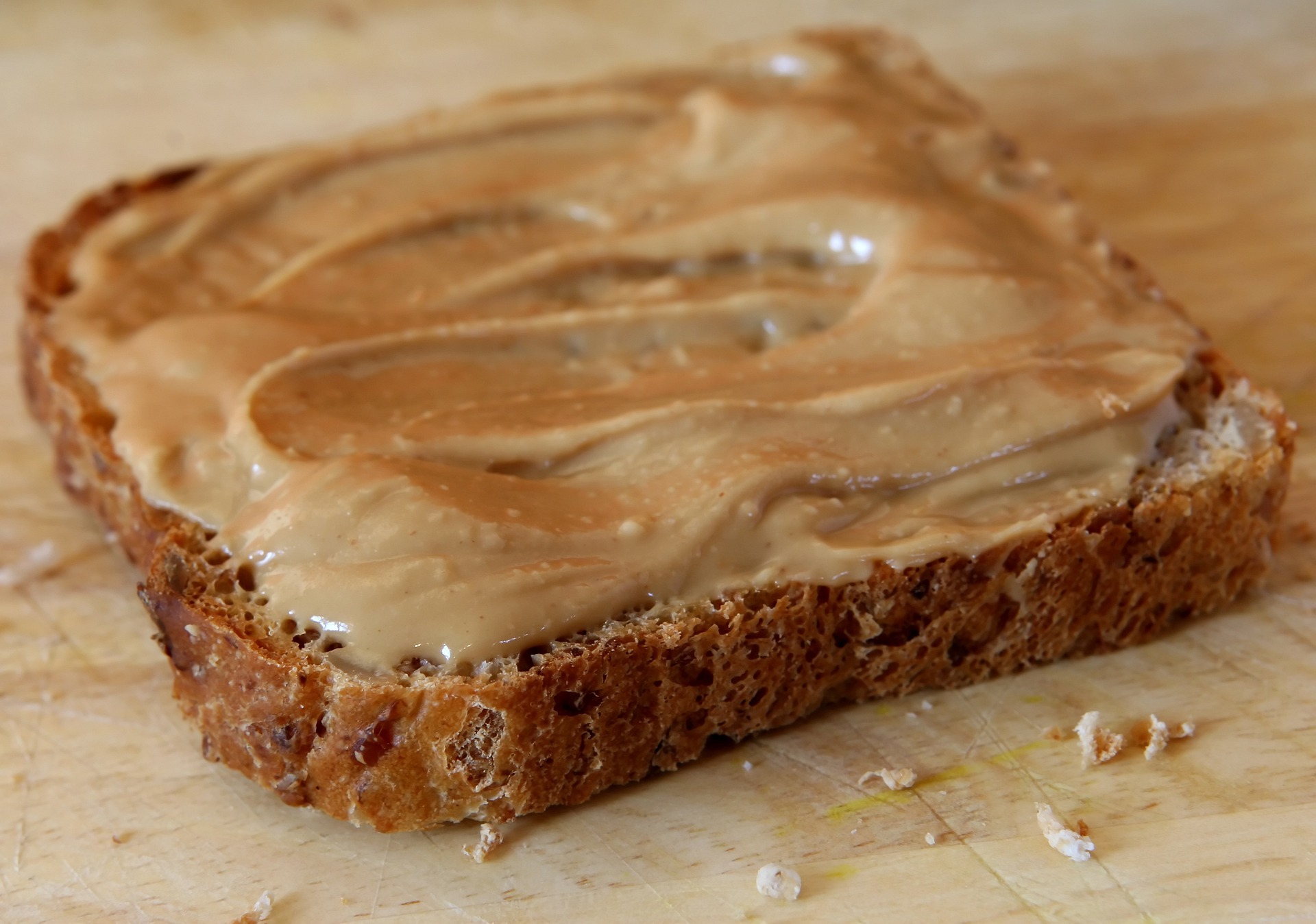Postdoc Melania Casertano (Food Quality and Design) is exploring ways to upcycle food byproducts to new, functional ingredients. Recently she exploited spent coffee ground from the coffee machines from Impulse.
In her latest publication, Casertano and her colleagues describe several methods to upcycle spent coffee ground into ingredients that have a positive effect on our health. ‘We used, among others, the microwave assisted extraction technique. With this, we use microwaves to heat up the water molecules within the cell, causing water to evaporate and create pressure, breaking down the cell walls. This releases helpful substances trapped inside.
Spent coffee grounds contain soluble fiber, but also proteins and other bioactive compounds that can be reused. ‘The soluble fibers released from coffee grounds are, amongst others, inulin and oligosaccharides. These can be used as prebiotics. Bacteria in our gut use the fibers as fuel and then produce substances that are good for your health. In this way, these prebiotic substances from coffee have a beneficial effect.’
Upscaling
Casertano and colleagues first investigated this way of upcycling on a small scale, using about five kilos of coffee grounds from Impulse. Now that they know this method works, they will look at whether they can also upgrade waste streams into usable ingredients on a larger scale, together with food producers. Ultimately, from an economic perspective, it has to make sense for a company to reuse its residual products.
‘For example, we are now investigating the use of coffee grounds from industry partner Ferrero. From that, we make functional ingredients that we test in a simulator of the human intestine microbial ecosystem. That way, we can find out whether these ingredients do anything for our microbiome composition and whether those effects are different for the similar ones not produced from a waste stream.’

 Photo Shutterstock
Photo Shutterstock 

